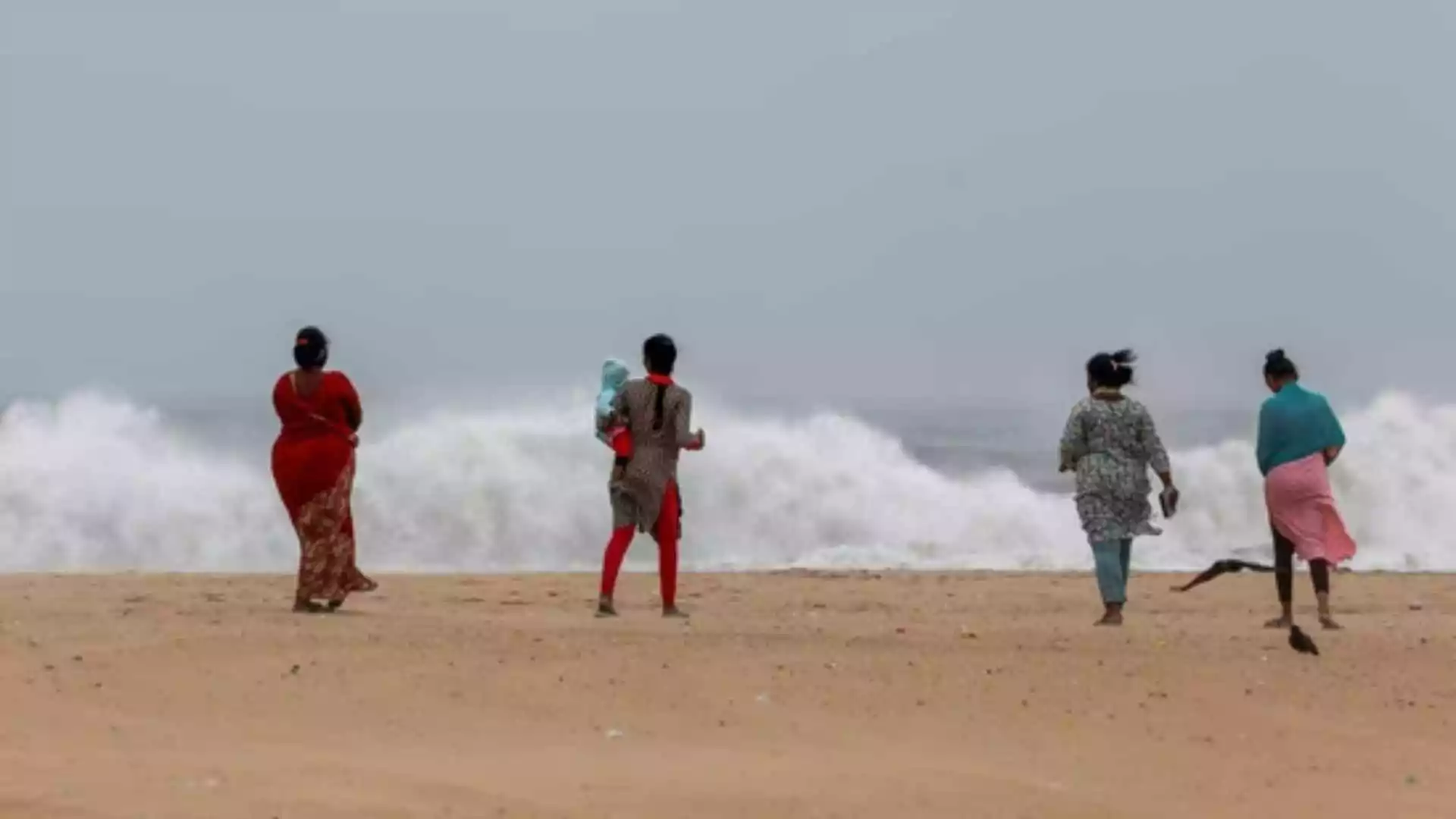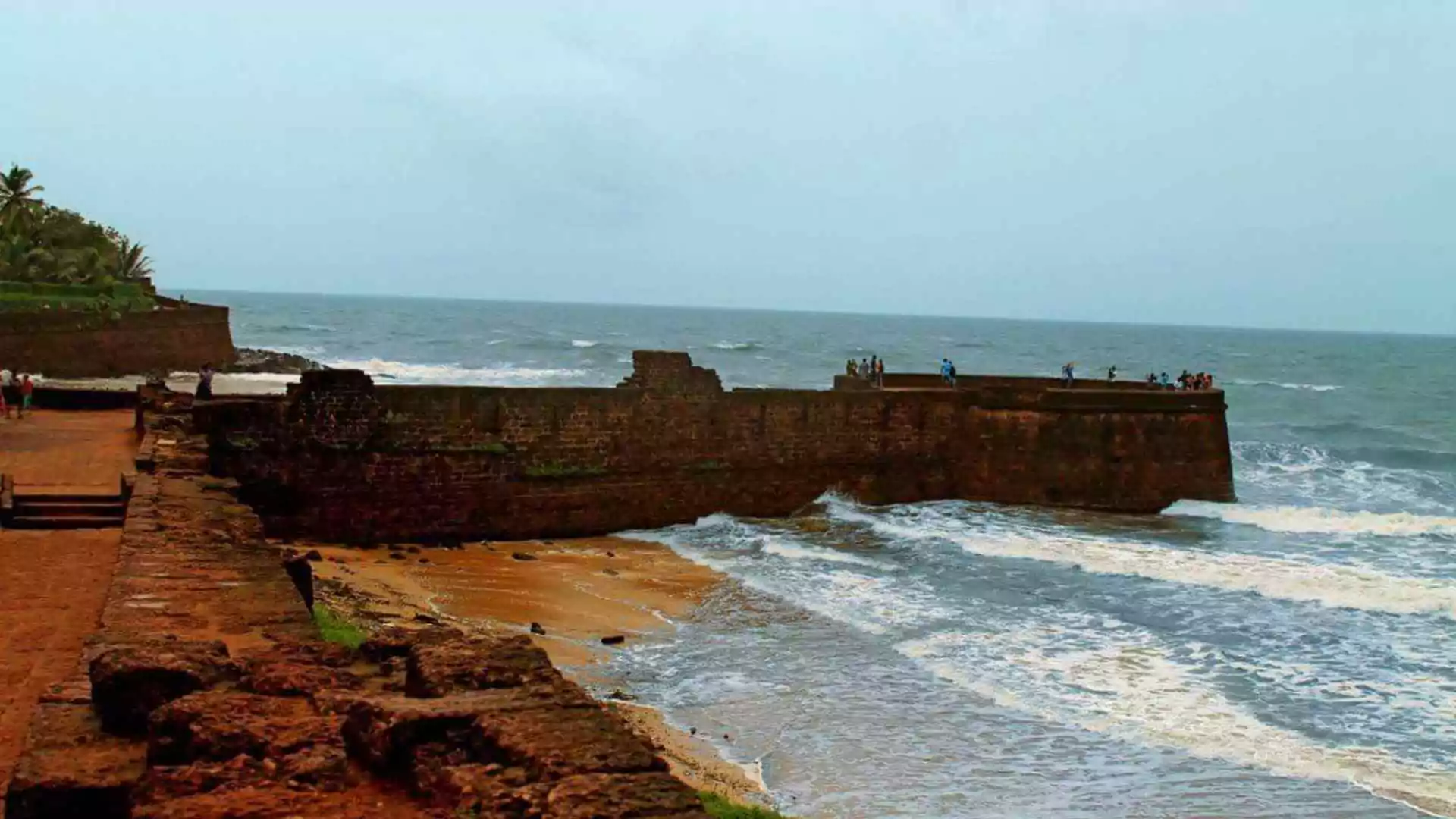Naming the cyclones: Schools and colleges in parts of Tamil Nadu and Puducherry remained closed today as heavy rain was expected due to Cyclone Fengal, which is currently forming over the Bay of Bengal. In Chennai, Chengalpattu, and Cuddalore, schools and colleges will remain closed on Friday. In Puducherry, the closures will extend through both Friday and Saturday.
Deep depression in the Southwest Bay of Bengal
The India Meteorological Department (IMD) has reported that a deep depression in the Southwest Bay of Bengal is moving in a north-northeast direction and is expected to intensify into a cyclonic storm. As of 11:30 PM IST yesterday, the system was located approximately 240 kilometers northeast of Trincomalee, 330 kilometers east-southeast of Nagapattinam, 390 kilometers southeast of Puducherry, and 430 kilometers southeast of Chennai.
Cyclone Fengal is named according to the naming convention adopted by countries surrounding the Arabian Sea and Bay of Bengal. In April 2020, the IMD released a list of names for the next 169 cyclones expected to form over the North Indian Ocean. The name “Fengal,” chosen by Saudi Arabia, means “indifferent” in the local language.
Process of naming cyclones
The process of naming cyclones has evolved over time. During World War II, the US Army Air Corps and Navy meteorologists began informally naming cyclones after women, often wives or girlfriends of military personnel. In 1953, the US National Weather Service officially began using only women’s names for cyclones. It wasn’t until 1979 that the list was expanded to include male names.
The practice of naming cyclones was first initiated by renowned meteorologist Clement Wragge in the mid-1800s. Wragge named weather disturbances using the Greek alphabet, followed by figures from Greek and Roman mythology, and later, female names and names of politicians—often those he disliked.
How naming cyclones changed over years
Today, six Regional Specialized Meteorological Centres (RSMC) and five regional Tropical Cyclone Warning Centres are responsible for monitoring cyclones, issuing advisories, and naming the storms that form in nine ocean basins. The IMD is one of these centres and oversees the naming of cyclones in the North Indian Ocean region, which involves 13 countries: India, Bangladesh, Pakistan, Iran, Maldives, Myanmar, Oman, Qatar, Saudi Arabia, Sri Lanka, Thailand, UAE, and Yemen.
The cyclone naming system was introduced to improve public awareness, making it easier for people to remember and identify storms. The names must meet several criteria, including being politically and culturally neutral, non-offensive, easy to pronounce, and no longer than eight letters.
Read More: How Cyclone Fengal Got Its Unique Name






















